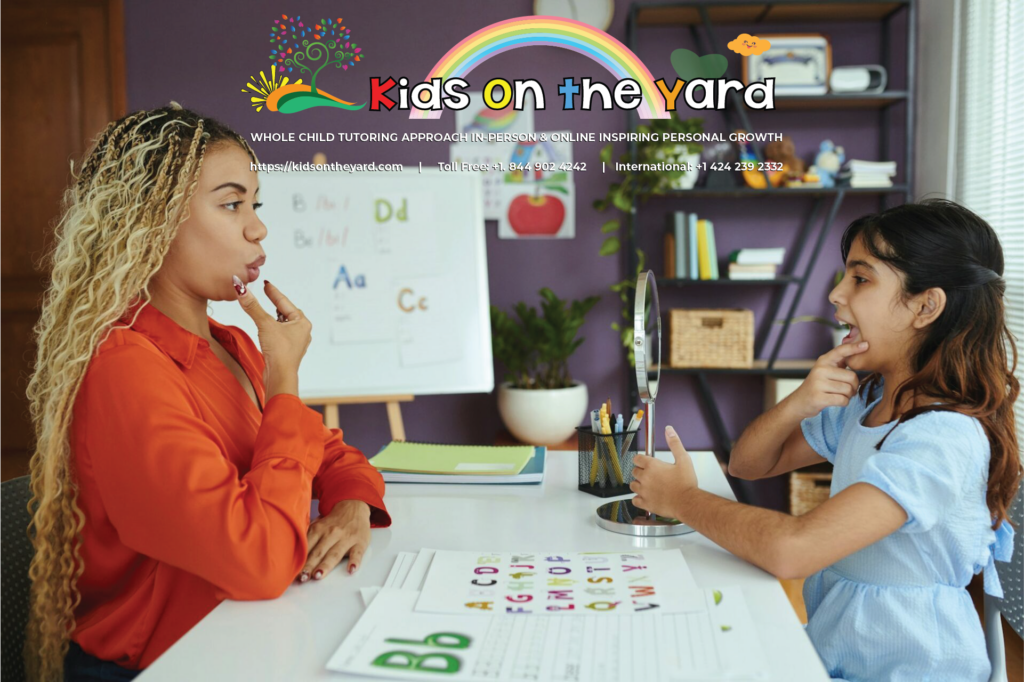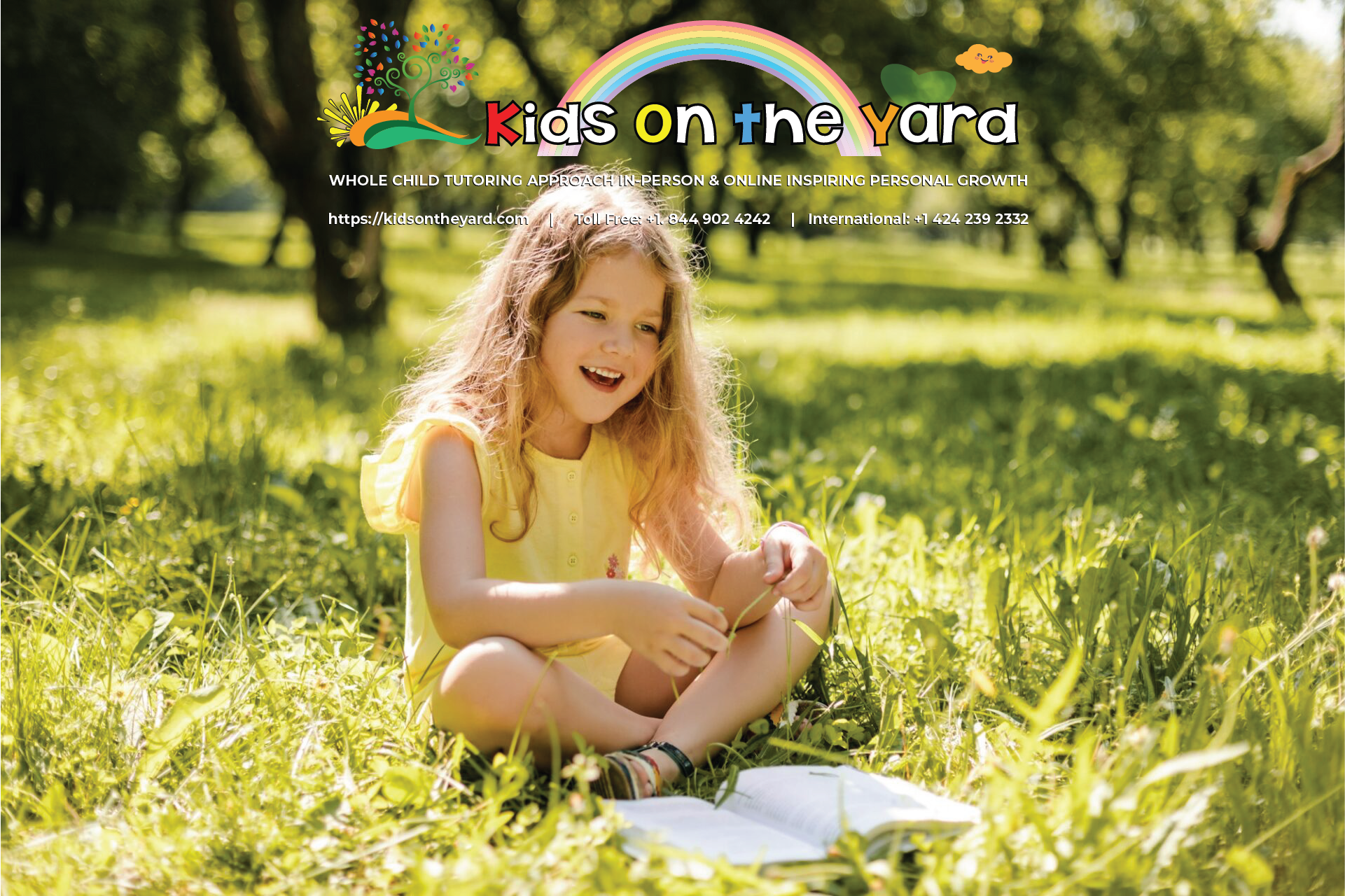|
Audio Article
|
From an early age, it’s crucial for children to be empowered to shape their routines and understand the importance of their interests. This article discusses how combining these two variables can create the perfect school-life balance by showing them that their unique interests and talents are essential to their learning journey.
Establish Structured Schedules
“The secret of your future is hidden in your daily routine.” – Mike Murdock
A well-defined schedule helps children manage their time effectively, balancing academic obligations with leisure and rest. Establishing clear times for homework, play, meals, and sleep can significantly reduce stress and enhance a child’s capacity to manage school responsibilities alongside personal interests.
Ensuring children understand their schedules empowers them to feel control over their daily lives. This involvement helps them develop time management skills crucial for future success. Children who understand and participate in planning their schedules are more likely to adhere to these routines without feeling overwhelmed.
Incorporating regular breaks into the daily routine supports mental and emotional well-being. For instance, a short break can help rejuvenate the mind after a specific study period, making subsequent study sessions more productive. These breaks mimic natural rhythms of concentration, promoting sustained attention over time.
Balance is pivotal in structuring these schedules. Overcommitting children to excessive educational activities can lead to stress and burnout. Conversely, ample downtime encourages creativity and social development, contributing to a rounded personality and cognitive resilience.
Revisiting and adjusting these schedules regularly is key as children grow and their needs change. Keep an ongoing dialogue about the effectiveness of the current schedule and make adjustments as needed, ensuring it evolves with the child’s development stages.
Prioritize and Limit Activities
Encouraging your child to select activities that resonate deeply with their interests and passions nurtures their intrinsic motivations and guards against the fatigue that accompanies over-scheduling. When children engage in activities they truly enjoy, the experience shifts from being an obligation to a more personal and fulfilling part of their lives. This approach reduces stress risk and enhances engagement, leading to richer, more enjoyable experiences.
Helping your child prioritize becomes an exercise in understanding their strengths, passions, and limits. Start by discussing each activity’s demands and benefits. This can involve going over what commitments are required and weighing them against what they enjoy about the activity and what skills or experiences it brings. Such conversations can enlighten both of you about which commitments add value to their life.
Setting limits may initially seem disappointing to a child, especially when they have multiple interests. However, learning to make thoughtful choices about where to invest their energy teaches invaluable lessons in decision-making and setting boundaries. This education in prioritization and time management is a great developmental tool, preparing children for the demands of adult life.
It’s equally essential to affirm that cutting back on activities isn’t a setback. Instead, it’s about enhancing the quality of their engagement in the activities they love most. By focusing on fewer activities, children can dedicate more time and bring more of themselves into each role, whether as a pianist, a soccer player, or a scout.
Keep an open line of communication about how they feel about their activities and overall schedule. Children’s interests can change, and they might want to try new things or step back from others as they grow. Being responsive to these shifts supports their current well-being and helps them learn to tune in to their feelings and make adjustments for their happiness and health in the future.\

Incorporate Interests in Education
Integrating a child’s passions and hobbies into their educational journey can greatly enhance their learning experience. Whether it’s science, art, music, or sports, aligning these interests with educational content can make learning more engaging and meaningful. By connecting school assignments with their natural curiosities, children are likely to approach tasks with increased enthusiasm and creativity.
For instance, a child fascinated by dinosaurs might be encouraged to read books, write reports, or create projects centered on paleontology. Integrating these topics into subjects like reading, writing, and science deepens their knowledge in a preferred area and enriches their literacy and analytical skills. This personalized learning approach fosters deeper understanding and retention of information because the material resonates with them on a personal level.
Similarly, for students drawn to the arts, incorporating visual or performance art into various subjects can amplify their creative skills while solidifying core academic concepts. Mathematical concepts can be learned through musical rhythms or visual patterns in art, blending cognitive exercise with artistic expression. This method ensures that learning becomes a more dynamic and inclusive process.
In addition to lifting academic motivation, infusing education with a child’s hobbies supports cognitive flexibility—meaning they can apply thinking models learned in one context to various others. It fosters an environment where academic tasks no longer seem isolating but are part and parcel of a broader, interconnected suite of interests that span school learning and leisure.
To make this integration successful, regular discussions about what your child enjoys outside school hours are crucial. These conversations can guide you in recognizing potential connections between their curiosities and school subjects. Collaborating with educators about your child’s interests can help customize learning approaches better suited to their unique needs. Teachers can introduce subject-integrated projects that cater to various interests, ensuring all students engage deeply with educational materials.
This personalized touch to education respects a child’s individuality and reinforces a vital message: that their unique interests and talents are essential parts of their learning journey. As they propel their academic skills within realms they cherish, children build a school-life balance that is both enriching and rewarding, solidifying the foundation for lifelong learning and well-being.
- Berk LE. Child Development. 9th ed. Pearson; 2012.
- Eccles JS. The development of children ages 6 to 14. Future Child. 1999;9(2):30-44.
- Ginsburg KR; American Academy of Pediatrics Committee on Communications; American Academy of Pediatrics Committee on Psychosocial Aspects of Child and Family Health. The importance of play in promoting healthy child development and maintaining strong parent-child bonds. Pediatrics. 2007 Jan;119(1):182-91.
Why is it important for children to have structured schedules?
Structured schedules help children manage their time effectively, balancing academic obligations with leisure, play, and rest. This approach reduces stress, enhances time management skills, and provides a sense of control over their daily lives, which is crucial for future success.
How can parents help children create a balanced daily routine?
Parents can help by establishing clear times for activities such as homework, play, meals, and sleep. Incorporating regular breaks and avoiding over-scheduling are key to maintaining a healthy balance. It’s also important to revisit and adjust the schedule as children grow and their needs change.
How should children prioritize their activities?
Encouraging children to select activities that align with their interests and passions helps nurture intrinsic motivation and prevents burnout. Discussing the demands and benefits of each activity can help them make thoughtful decisions about where to invest their time and energy
What should parents do if a child has too many interests?
If a child has multiple interests, it’s important to help them set limits and focus on the activities they enjoy most. Learning to make choices about which activities to pursue teaches valuable lessons in decision-making and time management.
How can a child’s interests be incorporated into their education?
Integrating a child’s passions and hobbies into their education can make learning more engaging and meaningful. For example, aligning school assignments with their natural curiosities can increase enthusiasm and creativity. Regular discussions with children and collaboration with educators can help customize learning approaches that reflect their unique interests.


